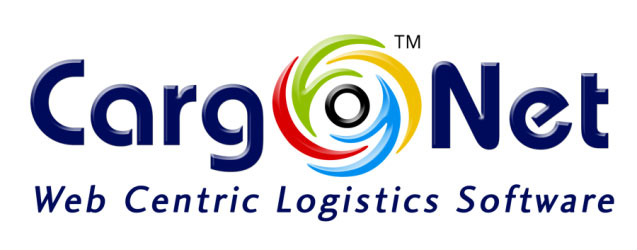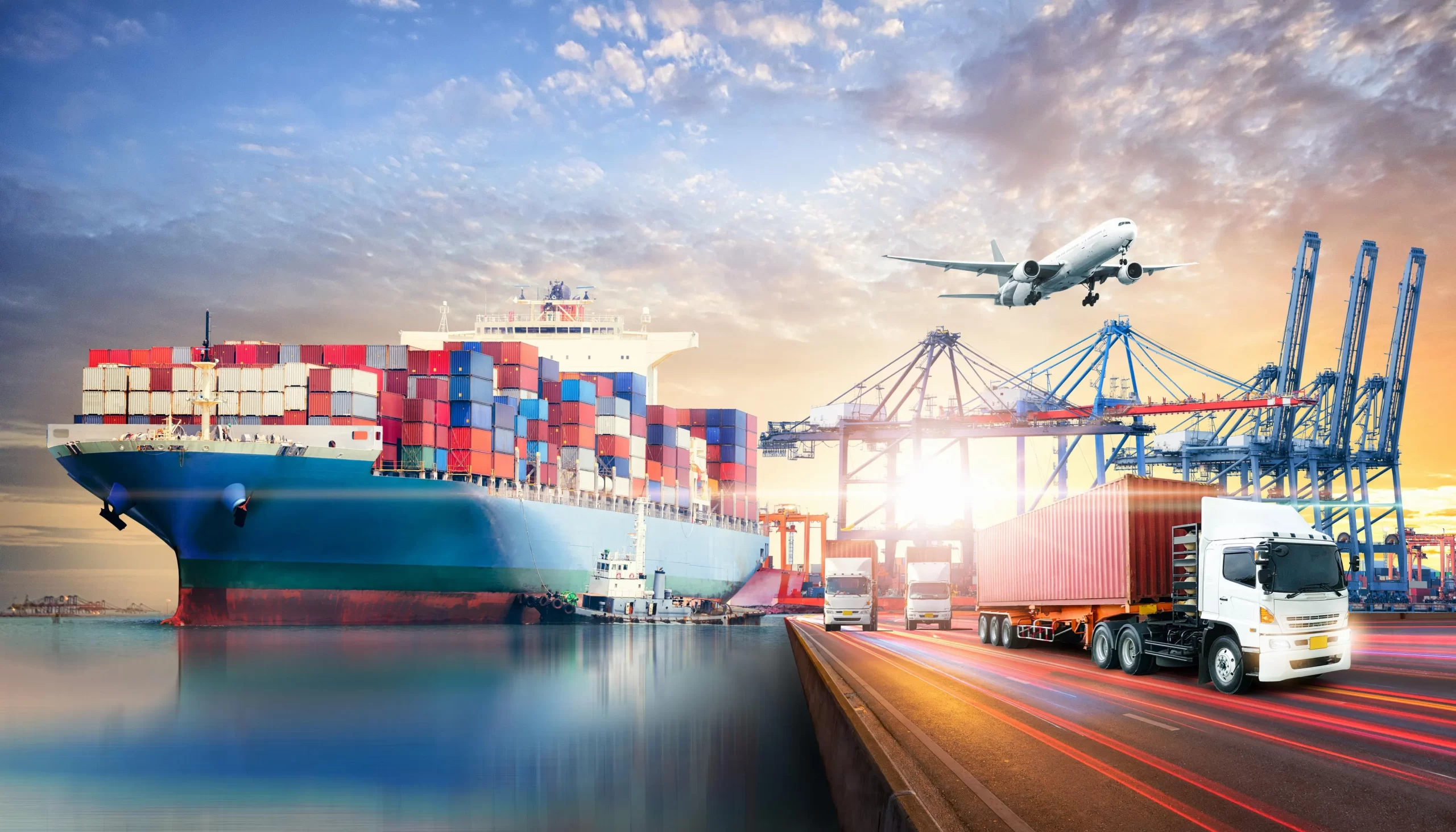Introduction
In today’s highly digitized freight environment, real-time data interchange between freight forwarders and shipping lines is no longer a luxury—it’s a necessity. Manual processes such as emailing booking confirmations, rate requests, or container tracking updates are not only inefficient but also prone to errors that disrupt the supply chain.
CargoNet has engineered a robust freight forwarding platform that enables seamless connectivity with global carriers through EDI (Electronic Data Interchange) and API (Application Programming Interface)integrations to address this. These integrations allow forwarders to automate mission-critical tasks such as container status updates, freight rate procurement, pre-alert generation, and DSR (Daily Shipment Report) automation, all within a centralized digital ecosystem.
This article outlines how CargoNet leverages these integrations to enhance operational throughput, reduce latency in communications, and improve service reliability across multimodal logistics operations.
Step 1: Real-Time Container Tracking via API Integrations
Modern freight forwarding operations demand end-to-end visibility. Through its API integrations with leading shipping lines, CargoNet facilitates real-time container tracking by pulling live vessel schedules, gate-in/gate-out movements, transshipment status, and POD (Proof of Delivery) events.
The system integrates with ocean carriers’ tracking endpoints to:
- Retrieve vessel ETA/ETD data from global terminals
- Automate milestone status updates (e.g., “Loaded on Vessel,” “Discharged at Port”)
- Provide clients with live container tracking via a customer-facing portal
This real-time visibility enhances exception management, allowing operations teams to proactively respond to transshipment delays, rollovers, and port congestion.
Step 2: Freight Rate Procurement via EDI/API
The conventional method of handling rate requests via email and Excel-based quote comparisons is outdated. CargoNet revolutionizes this process with structured rate procurement workflows, directly integrated with carriers via EDI (e.g., EDI 300, EDI 301 for booking) or RESTful APIs, depending on the carrier’s digital infrastructure.
Key capabilities include:
- Submitting digital RFQs (Request for Quotations) to multiple carriers simultaneously
- Receiving structured rate sheets with breakdowns of base rates, surcharges, and terminal handling charges
- Enabling automated rate comparisons with historical quote visibility and margin analysis
The result is a faster, more transparent procurement cycle that ensures rate integrity and pricing competitiveness.
Step 3: Automated DSR (Daily Shipment Report) Generation
Timely communication with clients is crucial for maintaining service levels. CargoNet automates DSR generation by leveraging synchronized shipment data received via EDI/API.
Automated DSRs:
- Aggregate shipment milestones (pickup, customs clearance, delivery)
- Include real-time container statuses and POD links
- Are automatically dispatched to clients on a defined cadence
This feature eliminates the need for manual report compilation, ensures consistency across client communication, and enhances supply chain transparency.
Step 4: Pre-Alert Automation and Regulatory Compliance
Pre-alerts are an essential compliance component, particularly for sea and air freight shipments. CargoNet’s system dynamically generates pre-alert documentation (including MAWB, HBL, commercial invoices, and packing lists) and transmits them to destination agents or consignees.
These pre-alerts are populated with:
- Master and house bill information
- Vessel and voyage numbers (auto-fetched from carrier systems)
- Real-time ETAs and discharge port details
By utilizing standardized message formats (e.g., EDI 315, EDI 322), CargoNet ensures data integrity and compatibility with both carrier systems and regulatory platforms such as Customs EDI gateways.
CargoNet Connect: The Backbone of Integration
At the core of these capabilities lies CargoNet Connect—the middleware engine that facilitates seamless, bi-directional data exchange between the CargoNet platform and third-party systems, including:
- Global shipping lines
- Port community systems
- Customs authorities
- Airline cargo handlers
CargoNet Connect supports both EDI and REST/SOAP APIs, ensuring maximum interoperability regardless of the integration standard used by the external stakeholder.
Strategic Benefits for Forwarders
Implementing CargoNet’s integrated communication stack delivers measurable advantages:
- Operational efficiency: Reduced manual input and faster document processing
- Data accuracy: Minimized discrepancies through structured digital exchange
- Regulatory compliance: Streamlined pre-alert and customs documentation workflows
- Enhanced visibility: Real-time access to container and shipment data
- Customer retention: Improved communication and transparency with shippers and consignees
Conclusion
The future of freight forwarding lies in automated, system-to-system communication. CargoNet’s freight forwarding software, underpinned by its powerful EDI/API integration layer, empowers logistics providers to operate with greater speed, accuracy, and agility in a volatile global trade environment.
By transforming fragmented processes into automated workflows, CargoNet doesn’t just digitize freight forwarding—it future-proofs it.










